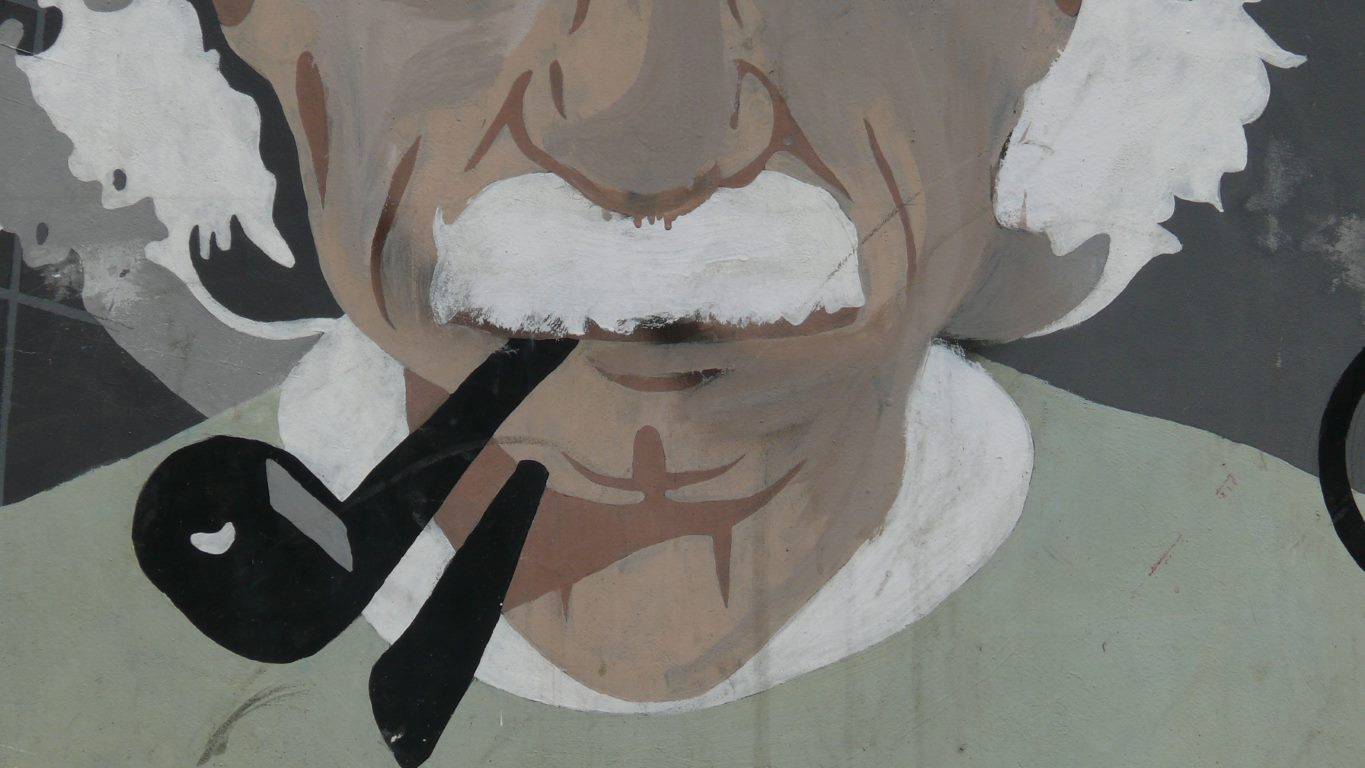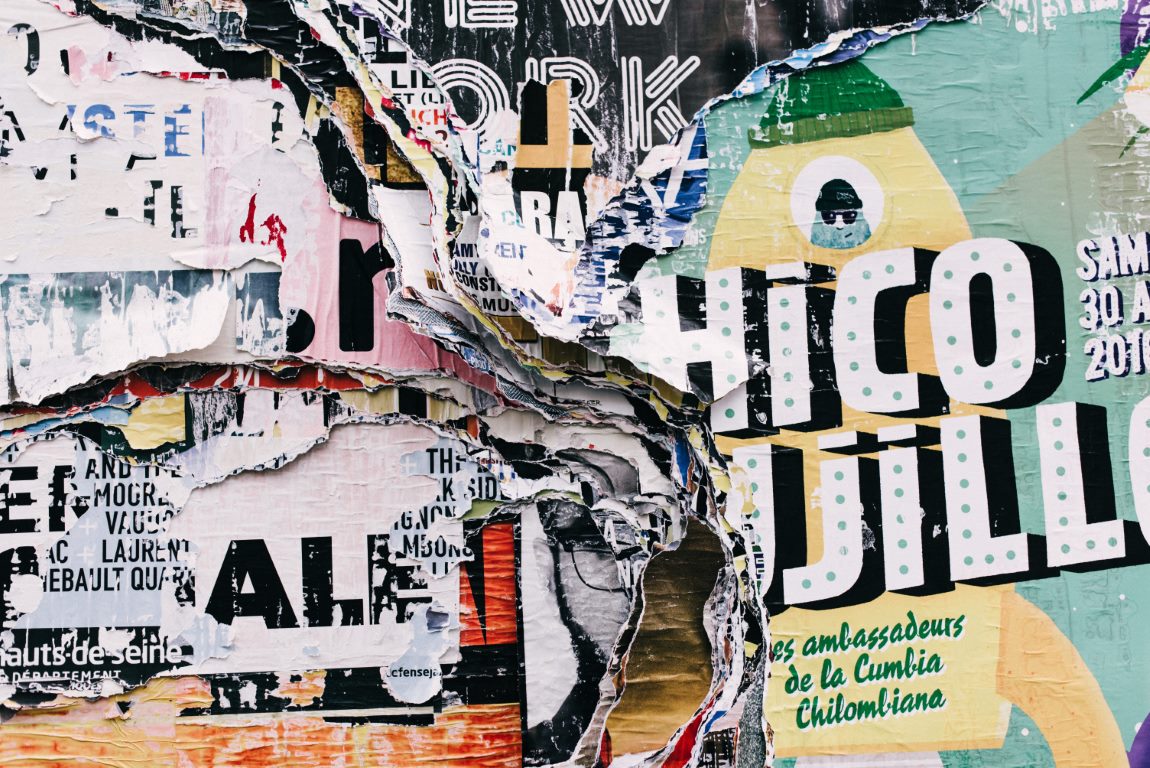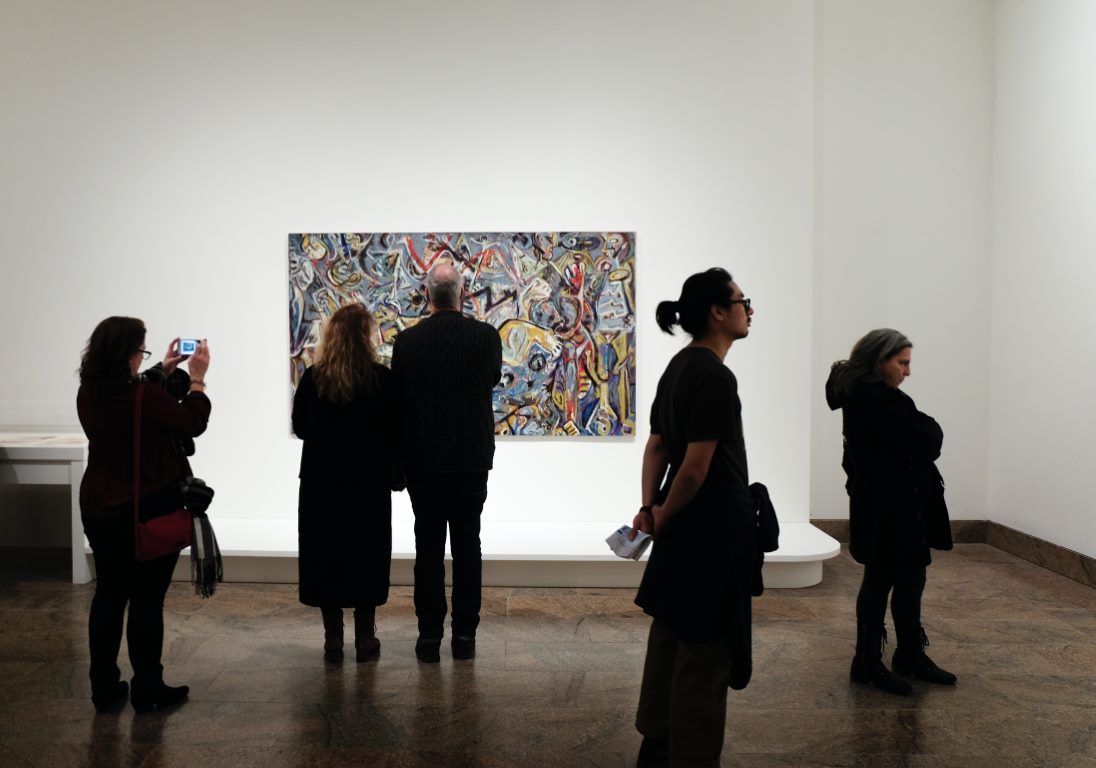How to Plan Your Soweto Tour in Johannesburg
If you’re looking for a unique cultural experience during your stay in Johannesburg, look no further than the Soweto Tour. This private half-day tour takes you through one of South Africa’s most vibrant townships, giving you an intimate look at the history and traditions of Soweto.Overview
During the Soweto Tour, you’ll visit a variety of top attractions, including Nelson Mandela’s former home, the historic Vilakazi Street, and the Hector Pieterson Memorial Museum. Your professional private guide will teach you about the history and local culture of Soweto, making this an educational and enriching experience for all.Private Tour of Soweto from Johannesburg or Pretoria
The Soweto Tour is a private half-day tour, meaning you and your group will have the undivided attention of your guide. You can choose to depart from either Johannesburg or Pretoria, depending on your location. Your guide will transport you to Soweto and back, ensuring a hassle-free and safe experience.Top Attractions
The Soweto Tour is packed with top attractions that give you an inside look at this fascinating township. Here are just a few of the places you’ll visit:- Nelson Mandela’s House – see where the former South African president lived and learn about his activism during apartheid.
- Vilakazi Street – visit the only street in the world to have housed two Nobel Prize winners, Nelson Mandela and Archbishop Desmond Tutu.
- Hector Pieterson Memorial Museum – learn about the tragic events of the 1976 Soweto Uprising and pay tribute to the students who lost their lives.
Add-On Activities
For those looking to add a little extra excitement to their Soweto Tour, there are two add-on activities available:- Bungee Jumping – for an additional cost, you can take the leap from the Orlando Towers in Soweto.
- Bicycle Tour – for an additional cost, you can explore the streets of Soweto on two wheels, accompanied by a local guide.
Perfect for Families
The Soweto Tour is a great option for families looking for an educational and enriching experience. Your guide will make sure that the tour is engaging and accessible for all ages, making it a great option for parents with children.Meeting and Pickup
The Soweto Tour offers two different meeting options. You can either head directly to your preferred meeting point, or request hotel pickup and drop-off. Your guide will work with you to ensure that your tour begins seamlessly.Inclusions and Exclusions
The Soweto Tour includes bottled water, driver/guide, and hotel pickup and drop-off. However, food and drinks, entrance fees to the Museums, and gratuities are not included in the tour price.Book Your Tour Now
To book your Soweto Tour, visit the booking website and select your preferred date and time. This is a truly unique cultural experience that you won’t want to miss out on during your stay in Johannesburg.
Frequently Asked Questions About Johannesburg
Johannesburg, also known as Joburg, is the largest city in South Africa and is home to over 4.4 million people. It is a vibrant and bustling city that offers something for everyone, from historic sites to modern shopping centers. Here are some frequently asked questions about Johannesburg:1. What is Johannesburg known for?
Johannesburg is known for its rich history, as it is the city where the discovery of gold initiated the gold rush, which made it the largest city in South Africa. It is also a hub for business and finance, and home to numerous industries such as mining and manufacturing. Johannesburg has many attractions, including the Apartheid Museum, Hector Pieterson Memorial, and Constitution Hill.2. What is the best time to visit Johannesburg?
Johannesburg is a year-round destination, but the best time to visit is during the autumn months of March to May or the spring months of September to November. During these months, the temperatures are mild, and the weather is pleasant. Summer can be very hot and humid, while winter can be cold and dry.3. Is Johannesburg safe for tourists?
Johannesburg has a reputation for being unsafe due to the high crime rate. It is important to take precautions when visiting the city, such as avoiding walking around alone at night and not flashing expensive items. However, if you take the necessary safety measures, Johannesburg can be a safe city to visit.4. Do I need a visa to visit Johannesburg?
Whether or not you need a visa to visit Johannesburg depends on your nationality. Citizens of some countries can enter South Africa visa-free for a specified period, while others need to obtain a visa prior to arrival. It is best to check with your local South African embassy or consulate for your specific requirements.5. What is the currency used in Johannesburg?
The currency used in Johannesburg is the South African Rand (ZAR). It is important to note that most places in Johannesburg do not accept foreign currency, so it is recommended to exchange your currency for Rand upon arrival.6. What languages are spoken in Johannesburg?
The official languages in South Africa are English, Zulu, Xhosa, Afrikaans, and many other native languages. However, English is widely spoken in Johannesburg, and most people in the city are able to understand and speak it.7. What are the top attractions in Johannesburg?
There are numerous attractions in Johannesburg, but some of the top ones include:- The Apartheid Museum
- Hector Pieterson Memorial and Museum
- Constitution Hill
- The Cradle of Humankind
- Gold Reef City
- The Johannesburg Zoo
8. What is public transportation like in Johannesburg?
Public transportation in Johannesburg includes buses, taxis, and trains. The Gautrain system is a rapid rail network that connects Johannesburg, Pretoria, and OR Tambo International Airport. It is recommended to use reputable taxi services or ride-hailing apps such as Uber when traveling around the city.9. What is the cuisine like in Johannesburg?
Johannesburg has a thriving food scene, with a variety of cuisines available. Local South African dishes such as beef biltong, boerewors, and pap are popular. There are also many international options available, such as Indian, Italian, and Chinese cuisine.10. What should I pack for a trip to Johannesburg?
What you pack for a trip to Johannesburg will depend on the time of year you are visiting. During the summer months, it is recommended to pack light clothing and sunscreen, while during the winter months, you will need warmer clothing. It is always a good idea to pack comfortable shoes and insect repellent, as well as any necessary medication.
How to Spend Your Time as a Tourist in Johannesburg
Johannesburg, also known as Joburg, is the largest city in South Africa and the provincial capital of Gauteng. It is a bustling city that is home to several attractions, each with a unique experience. If you are planning to visit Johannesburg, then here is a comprehensive guide on how to spend your time as a tourist.1. Visit the Apartheid Museum
A visit to the Apartheid Museum is a must for all tourists traveling to Johannesburg. The museum is dedicated to educating visitors about South Africa’s history of apartheid, a system of institutionalized racial segregation that lasted from 1948-1994. The museum’s exhibits include documentary films, photographs, artifacts, and personal accounts of South Africans who experienced apartheid firsthand.2. Explore the Lion Park
The Lion Park is a must-visit for animal lovers. It is located in the northern part of Joburg, and it is home to a variety of big cats, including lions, cheetahs, and leopards. Visitors can take a guided tour of the park, hop on a safari drive, or have the opportunity to interact with lion cubs through a specially designed program.3. Take a Tour to Soweto
Soweto is a district of Johannesburg that has a significant history in the anti-apartheid struggle. It was the site of the 1976 Soweto Uprising, where students protested against the implementation of the Afrikaans language in schools. Visitors can take a guided tour of the area, and visit landmarks such as the Hector Pieterson Memorial, the Regina Mundi Church, and Mandela’s former home.4. Explore the Johannesburg Botanical Gardens
The Johannesburg Botanical Gardens span over 148 hectares and are a beautiful place to explore for those looking to escape the hustle and bustle of the city. The gardens are home to several species of plants, including succulents, cycads, and over 30 000 trees. Visitors can take a walk along the trails, have a picnic, or attend one of the many outdoor events held in the gardens throughout the year.5. Discover the Markets
Johannesburg has several markets that are worth visiting, each with a unique atmosphere and products on offer. The Neighbourgoods Market is a popular spot for foodies, and it attracts locals and tourists alike. The Market on Main is another must-visit for foodies, and it showcases the diversity of Johannesburg’s culinary scene. The Rosebank Sunday Market is known for its crafts and artworks, and it is a great place to buy souvenirs.6. Visit the Cradle of Humankind
The Cradle of Humankind is a UNESCO World Heritage site located just outside of Johannesburg. It is home to several limestone caves that have yielded some of the most significant discoveries in human evolution, including the fossils of our human ancestors. Visitors can take a guided tour of the caves, take a hot air balloon ride over the site, or visit the Maropeng Visitor Centre to learn more about human evolution.Book Your Tour Now
Johannesburg has something for everyone, and it is a city that is worth exploring. From its history to its natural beauty and markets, there is no shortage of things to do and see in Joburg. By following this guide, you are sure to have a memorable and fulfilling trip to Johannesburg.Table of Contents

